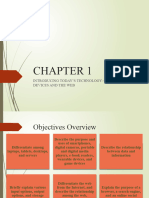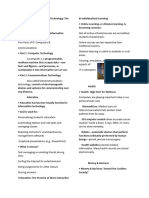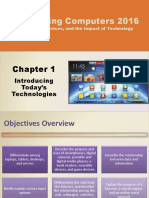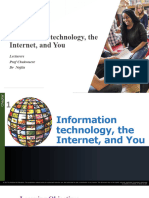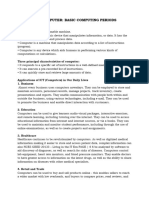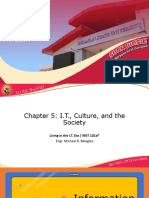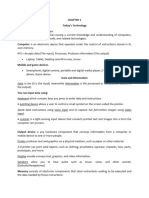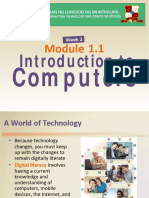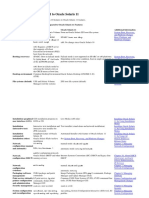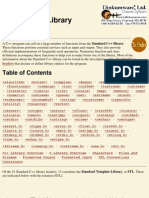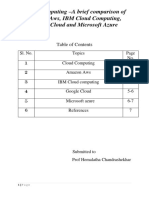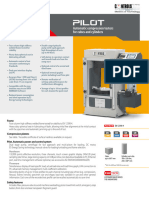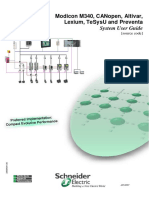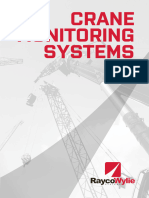0% found this document useful (0 votes)
26 views46 pagesComponents of A Computer
The document outlines the essential components of a computer, including hardware and software, input and output devices, and storage solutions. It also discusses the power of computers in terms of speed, reliability, and communication, as well as classifying different types of computers. Additionally, it covers the evolution of media and current technology trends such as IoT, AR/VR, and machine learning.
Uploaded by
Shekinah ShayneCopyright
© © All Rights Reserved
We take content rights seriously. If you suspect this is your content, claim it here.
Available Formats
Download as PDF, TXT or read online on Scribd
0% found this document useful (0 votes)
26 views46 pagesComponents of A Computer
The document outlines the essential components of a computer, including hardware and software, input and output devices, and storage solutions. It also discusses the power of computers in terms of speed, reliability, and communication, as well as classifying different types of computers. Additionally, it covers the evolution of media and current technology trends such as IoT, AR/VR, and machine learning.
Uploaded by
Shekinah ShayneCopyright
© © All Rights Reserved
We take content rights seriously. If you suspect this is your content, claim it here.
Available Formats
Download as PDF, TXT or read online on Scribd
/ 46









